They can be effective but require careful management

Cleveland Clinic is a non-profit academic medical center. Advertising on our site helps support our mission. We do not endorse non-Cleveland Clinic products or services. Policy
Beginning in the 1970s, first-generation antipsychotic medication showed efficacy in children and adolescents suffering from various symptoms and disorders including psychotic disorders, pervasive developmental disorders, bipolar affective disorders, Tourette syndrome and other tic disorders.
Included in off-label use was the treatment of disruptive behavioral disorders including conduct disorder, oppositional defiant disorder (ODD), attention deficit hyperactivity disorder (ADHD) with aggression and disruptive behavior disorder not otherwise specified.
Since the advent of second-generation antipsychotic (SGA) medications, there has been a significant increase in usage of these medications for treatment of pediatric mental illnesses not associated with pediatric psychosis. According to U.S. and European data for children and adolescents, these medications are primarily not used for treatment of psychiatric disorders but instead for disruptive behavior disorders, mood disorders and pervasive developmental disorders with intellectual disabilities.
Even more recently, there has been a significant increase in medication use observed in very young (2- to 5-year-old) children. From 1999 to 2001 versus 2007, in a cohort of more than 400,000 very young children, the annualized rate of antipsychotic use per 1,000 children increased from 0.78 to 1.59.1-3
These children were mainly affected by pervasive developmental disorder or mental retardation, ADHD or other types of disruptive behavior disorders.
However, knowledge is limited about how children without an autism spectrum disorder or intellectual disability who display aggression respond to and tolerate SGAs.
To date there are only 32 papers analyzing the efficacy and/or tolerability of SGAs without adjunctive agents in children and adolescents younger than 18: eight studies involved patients with mania/bipolar disorders, 12 involved patients with autism spectrum disorder showing irritability/behavioral symptoms, seven involved patients with conduct disorder/disruptive behavior disorder and five involved patients with Tourette syndrome. There are no double-blind studies comparing the different SGAs for these disorders.
One common feature targeted with SGAs is aggression. We define aggression as any hostile or violent behavior or attitude directed at oneself or others. Aggression can be an outcome of multiple etiologies including:
Aggression also may result from medical illnesses or environmental stresses.
When managing aggression, investigation of etiology is critical and can help guide treatment. A comprehensive multidisciplinary approach including behavioral management, school interventions and parental training should always be the foundation for managing aggression. At times, medications may be appropriate and beneficial. However, there are no clear guidelines for when to use SGAs for aggression associated with psychiatric illness outside of autism spectrum disorders.
To help better determine the utility of SGAs for use in aggression, we retrospectively reviewed treatment outcomes in children and adolescents suffering from an externalizing disorder. We tracked symptom severity using a parental rating instrument, the Swanson, Nolan and Pelham-IV Questionnaire (SNAP-IV). It has been well validated and, in addition to measuring core features of ADHD, has a specific subscale for aggression and defiance.
Patients included in the analysis were diagnosed with ADHD, ODD, conduct disorder, disruptive behavior disorder or intermittent explosive disorder, based on DSM-IV-TR criteria. A minimum of six office visits with completed SNAP-IV scales for a one-year period were required for inclusion in the data analysis. Patients with a diagnosis of any autism spectrum disorder were excluded. A total of 236 patients were enrolled in this outcomes study.
Results were similar for all SGAs studied (risperidone, aripiprazole, quetiapine, ziprasidone, olanzapine) and are displayed in Figure 1.
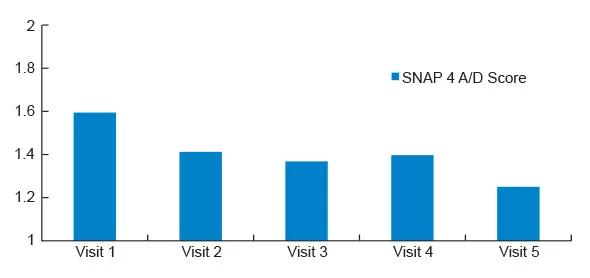
Figure 1. SNAP-IV scores from a series of office visits show a positive effect — less severe and less frequent aggressive episodes — with the use of SGAs in patients with ADHD, ODD, conduct disorders, disruptive behavior disorder or intermittent explosive disorder.
They showed a positive effect ‒ less severe and less frequent aggressive episodes ‒ with the use of SGAs targeting aggression. Caution is recommended, however, in interpreting these results as this was a retrospective naturalistic outcomes study. Prospective randomized placebo-controlled studies are needed to further clarify the utility of these medications.
SGAs should be used only after other treatment lines have failed or if specific psychiatric etiologies are contributing to the aggression. When using SGAs, a conservative approach starting with low dosages and slow titration is recommended. Our outcomes did not reveal a significant difference in efficacy among the medications used.
Both short- and long-term potential side effects from SGA use are well-described in the pediatric and adult literature. It is important to track potential side effect profiles and clinical efficacy when using these medications in the pediatric population.
Potential side effects include the risk of metabolic syndrome, movement disorders and specific hormonal changes. Common reactions include sedation, weight gain, dry mouth, constipation, increased salivation, orthostatic hypotension, akathisia and photosensitivity.
Efficacy and adverse reactions should be monitored prior to initiation and at every visit. Prior to starting an SGA, baseline weight, body mass index (BMI) and waist circumference should be obtained. Baseline laboratory data should include complete blood count/differential, liver function test (LFT), basic metabolic panel, lipid profile and fasting blood sugar. On physical exam, a baseline Abnormal Involuntary Movement Scale (AIMS) examination should be performed.
After starting the medication, the patient should return monthly for the first three months for weight, BMI, AIMS, blood pressure and waist circumference measurements. Fasting glucose and lipid panel should be monitored at the third, sixth and 12th month visits, then annually. CBC, prolactin level, amylase and LFT should be monitored once in the first month, then annually.
Once efficacy is achieved and the patient is tolerating the medication, the provider should enter the patient into the maintenance phase of treatment. There is no SGA research dictating how long a patient should remain on these medications. We recommend that after a patient has remained in remission from severe aggression for one year, an attempt at weaning him or her from and then discontinuing the SGA should be undertaken. The physician should discuss these guidelines and the limitations of SGA research with the patient and family prior to treatment initiation.
Dr. Austerman is a staff physician in Cleveland Clinic’s Center for Pediatric Behavioral Health and Section Head of Child and Adolescent Psychiatry. His specialty interest is the acute care of children and adolescents with psychiatric disorders.
7. Swanson JM. School-based Assessments and Interventions for ADD Students. Irvine, CA: K.C. Publishing; 1992.
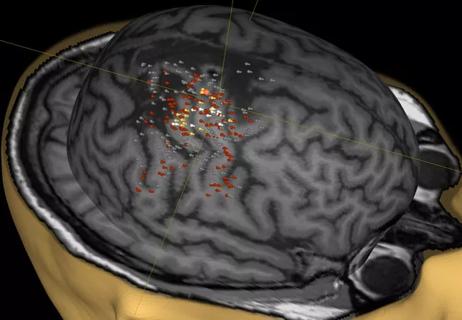
A noninvasive approach to map eloquent areas before surgery
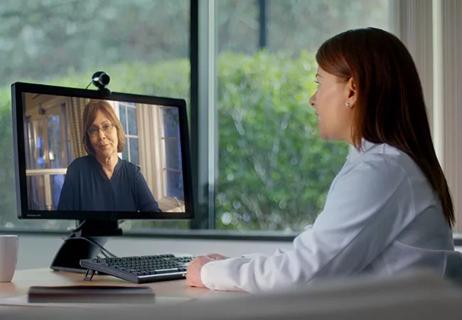
Physician reimbursement policy experts join forces with IT and coders to enable digital transformation

Minority Stroke Program focuses on outreach to racial and ethnic minority communities
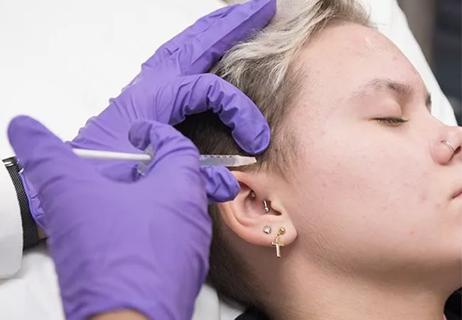
Excellent response seen with ongoing use in patients as young as 11

Q&A with a psychiatrist in Cleveland Clinic’s Transgender Surgery and Medicine Program

Time constraints, language barriers, substance misuse, mood disorders targeted for improvements
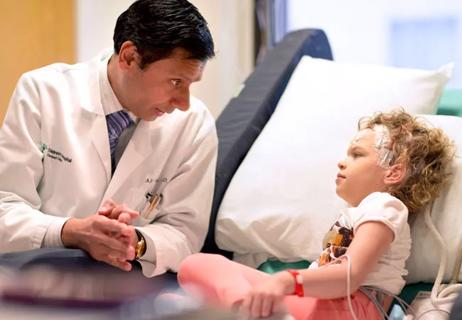
Project draws $1.6M to leverage telemedicine to create medical home, ease transition to adult care

Comorbid depression is only one of the likely warning signs